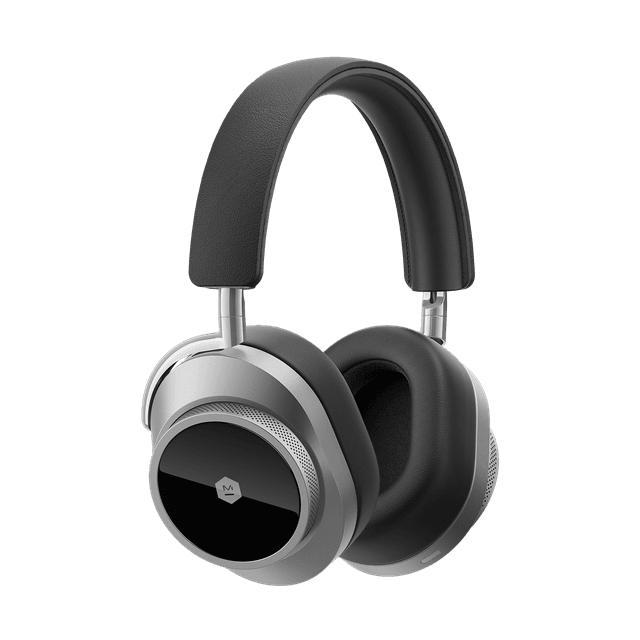Colin Nagy | July 17, 2019
Why is this interesting? - The Beeping Edition
On hospitals, healing, and the incessant beeps that can prevent it
Recommended Products

Noise Cancelling Headphones that cut engine drone while maintaining high acoustic quality, made from metal and leather, wireless and travel-friendly.
Colin here. I’ve always been fascinated with the cohesive design of environments. In Scandinavia a considered, minimal aesthetic is pervasive: not just in sleek hotels or new bars, but in all areas of public life, down to hospitals and administrative buildings. When you compare the feeling you get when you’re in these spaces to, say, the stress of a New York City DMV, it is impressive and helps create a sense of calm and efficiency.
But physical design is only one small part. Texture and scent also play roles for those that are attuned. Perhaps most important though are how acoustics and sound shape the feel of the space. In one context of stress and anxiety, the hospital emergency room, a lot of the sounds cause even more alarm, with beeps, buzzing, and alarms setting off on a regular cadence.
The Times recently highlighted an electronic musician who was unsettled by the sounds of a hospital stay and has decided to make things better.
As she lay there, she said, a cardiac monitor rang out in a tone close to the musical note of C, clashing with a distant device wailing in a high-pitched F sharp, creating what’s called the devil’s interval, a dissonance so chilling that medieval churches forbade it.
Hospitals today can be sonic hellscapes, which studies have shown regularly exceed levels set by the World Health Organization: droning IV pumps, ding-donging nurse call buttons, voices crackling on loudspeakers, ringing telephones, beeping elevators, buzzing ID scanners, clattering carts, coughing, screaming, vomiting.
Why is this interesting?
Just as certain elements that go into the design of hospital spaces have been proven to speed patient healing, a group of people are trying to re-engineer the sounds emitted by countless medical devices. Sound is often an afterthought in product design, and also seen as a necessary evil for purposes of liabilities, down to the alarm that one single patient could set off “hundreds of times a day,” according to the piece.
Yoko Sen, the musician outlined above, and Judy Edworthy, a professor of applied psychology at the University of Plymouth, are working to re-design the sound and acoustics of these notifications. The current sounds are outdated and have zero empathy for the context in which they emit their harsh tones.
The two are bringing a level of nuance and care to re-designing new sounds for these devices. Yoko’s company, Sen Sounds, has collaborated with medical device engineers to create new tones for home heart monitors as a start.
Going further into the pervasive forest of medical devices in the hospital will be a longer struggle to be sure. But it is one that can improve the sanity of both the doctors and medical professionals that have to listen to the sounds every day, to those who are in clinical care or even in their final moments. “As part of a project with OpenIdeo, Ms. Sen interviewed hundreds of people about the last sound they would want to hear... Many people said they wanted to hear sounds from nature, like the ocean, or voices of family members. No one, she said, mentioned bleating alarms.” (CJN)
Recommendation of the Day:
Speaking of sound design and acoustics, I’ve been using the new Master and Dynamic Noise Cancelling Headphones and they are great. I previously used a trustworthy pair of Bose, but mislaid them in, wait for it, a seatback pocket. This new version of the M&D cuts the engine drone of an aircraft nicely while keeping the acoustic quality high. They are made out of reassuring metal and leather, and are wireless and easy to travel with. Plus you don’t look like every other business traveller on the plane. Highly recommended. (CJN)

Quick Links:
On climate economics: “Chubb has ruled out selling new insurance policies to companies which build or operate coal power plants, or those which generate more than 30% of their revenue from coal mining or supplying coal-fired electricity.” (NRB)
I’m not sure why I never got around to reading this excellent piece by Ben Taub on Patrick Skinner, the CIA case officer turned Savannah beat cop, but it’s amazing. (NRB)
There are so many fascinating nuggets in this Paris Review interview with New Yorker television critic Emily Nussbaum about her new book I Like to Watch. (NRB)
Thanks for reading,
Noah (NRB) & Colin (CJN)